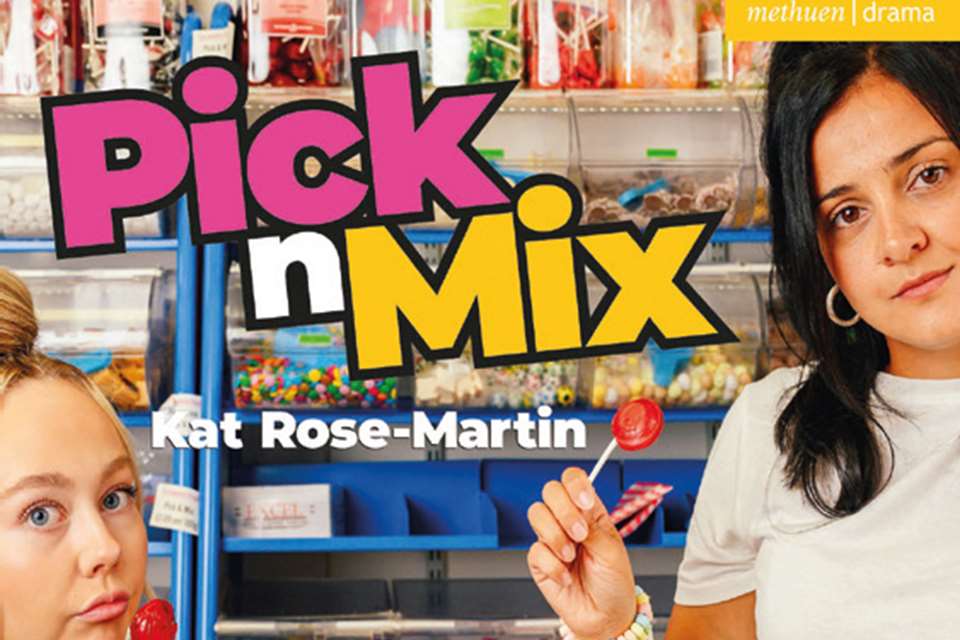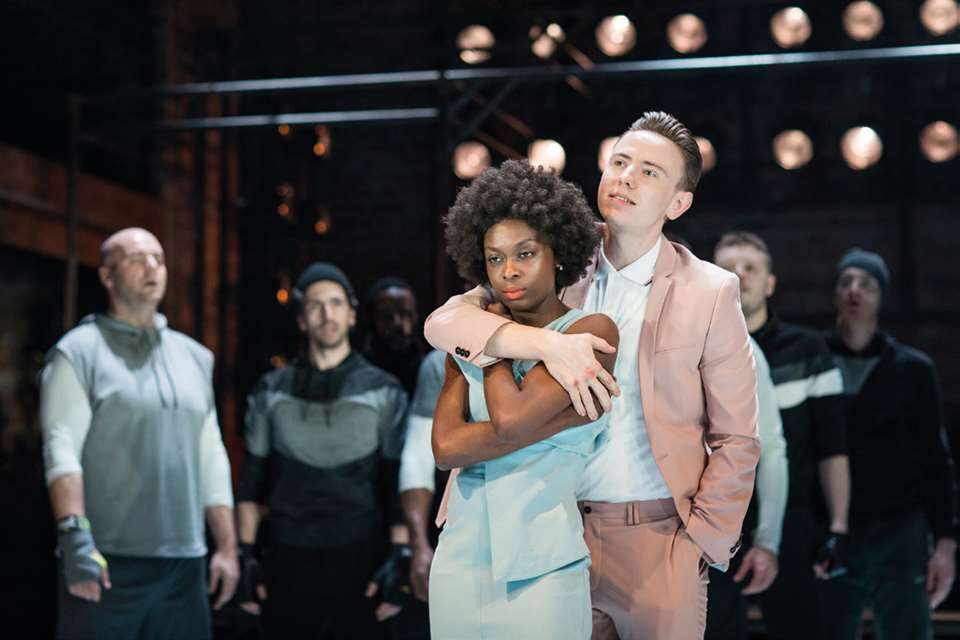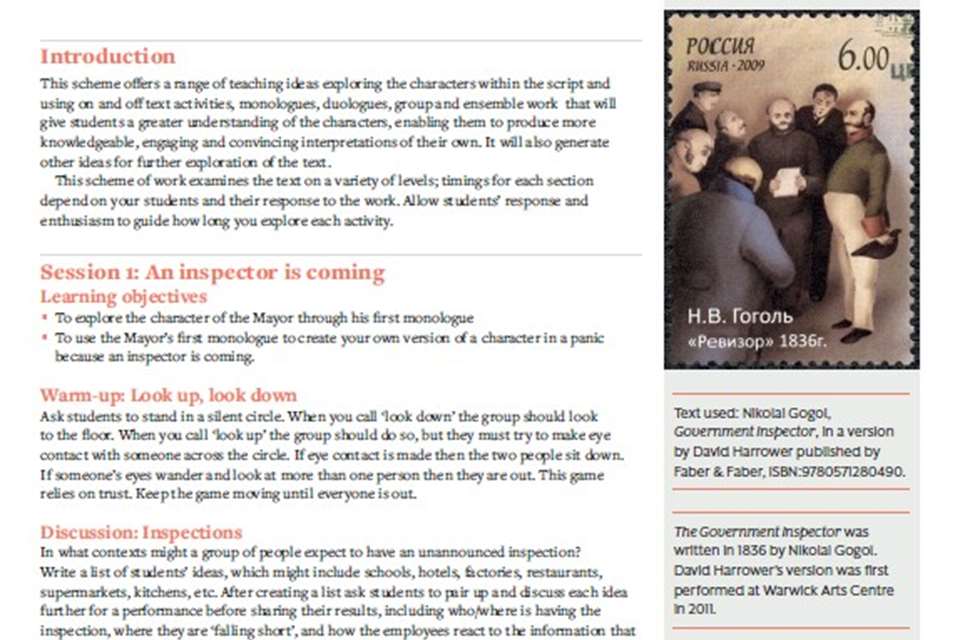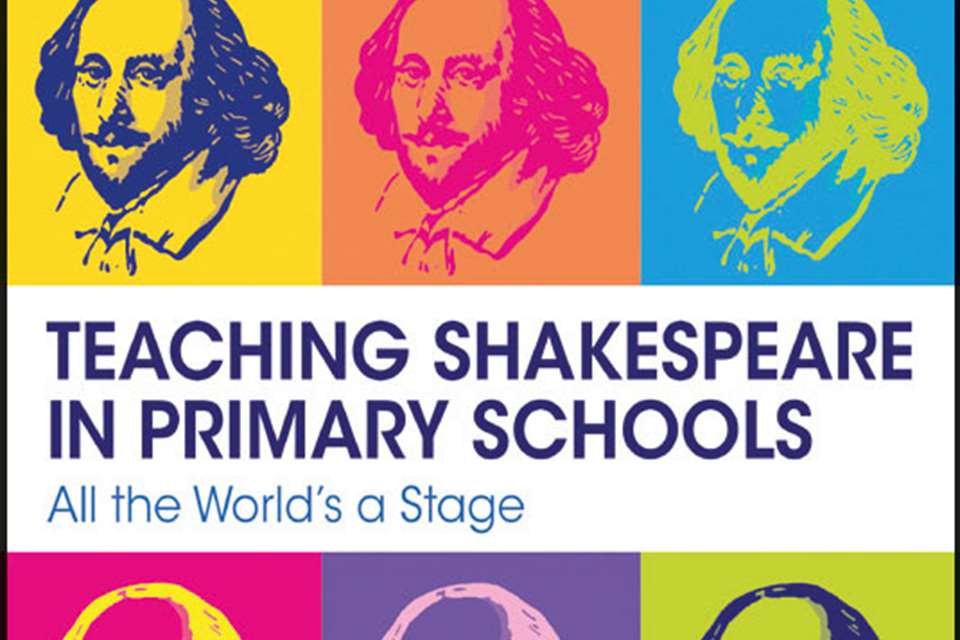Review: The Sleeping Sword by Tatty Hennessy
Alex Thomas
Wednesday, February 1, 2023
One reviewer shares their thoughts on this playtext adaptation of Michael Morporgo's The Sleeping Sword, saying it is 'a brilliant play for visually impaired students to access, and a great case study for those interested in technical theatre.'
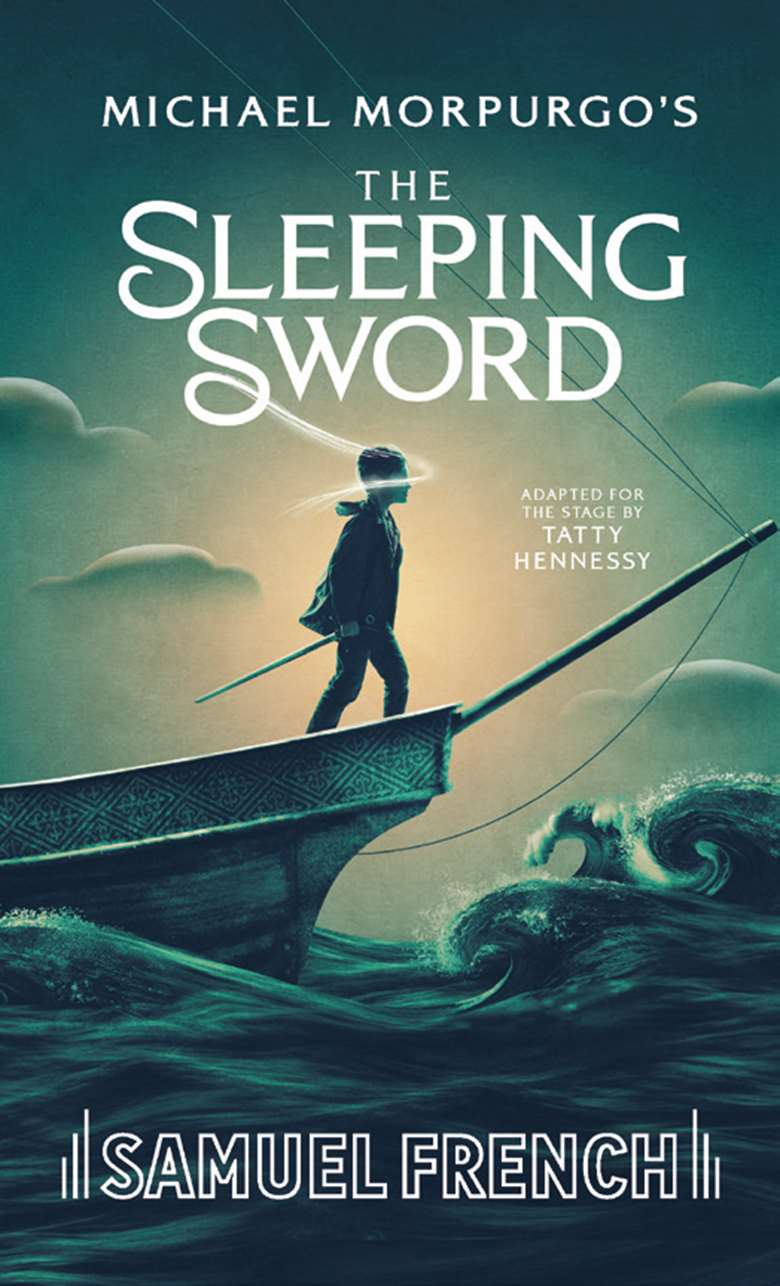
Having not read Morpurgo’s original novel, the character note at the beginning of The Sleeping Sword stage adaptation is even more impactful. The 10 characters ‘are to be split between a cast of three, including at least two visually impaired actors.’ The reason for this becomes obvious immediately, as young Bun Bendle loses his sight in the first scene when he dives into shallow water near his island home.
The play is a wonderful platform from which to engage with the world of those who have lost their sight. Insisting upon visually impaired actors makes this an unlikely choice for most schools to perform but it could nonetheless make a fascinating play to use as the basis for a discussion group. It would be of particular use to pupils interested in technical theatre, with intriguing discussions to be had about the role of sound and lighting designers to simply replicate the world we see and hear around us.
The original Watermill staging of The Sleeping Sword included inventive sound design, with effects such as a leather jacket being flapped to replicate the sound of wind in sails. A narrator from an old story cassette of The Legend of King Arthur interrupts the dialogue, and the basic conceit of the play is charming: Bun Bendle is making an audio book about his own experiences.
The story itself is a tale about overcoming adversity. There is an element of magic, as one would expect from a story interwoven with the Arthurian legend, but this element is very much downplayed in the stage version. This is a significant departure from the original novel, which involves the discovery of ancient tombs and a meeting with King Arthur himself.
The original production received politely enthusiastic reviews, but the characterisation in the script does feel a little rushed, cramming Bun’s emotional journey into very few pages, while his friend Anna is remarkably quick to embrace Bun’s Arthurian obsession.
This is a play worth talking about, if not necessarily staging. It would make a very worthwhile exercise for all budding directors, school-based or otherwise, to consider their work from the perspective of the visually impaired.



